Go the extra mile
Towards a cooler planet
The environmental impact of electronics production and disposal
8 January 2025
The production of electronic devices consumes substantial energy. It requires rare Earth metals and complex manufacturing processes that generate significant emissions. This results in environmental degradation through pollution from both manufacturing and disposal of electronics.
Understanding how electronics contribute to carbon emissions is essential. This knowledge enables people to make informed decisions to reduce their environmental impact. Addressing the expanding challenge of electronic waste is crucial for creating a more sustainable future.
The manufacturing of electronic devices has significant environmental consequences. The entire lifecycle, from material extraction to disposal, requires careful consideration of pollution impacts. This understanding supports more sustainable living practices and electronic waste reduction.
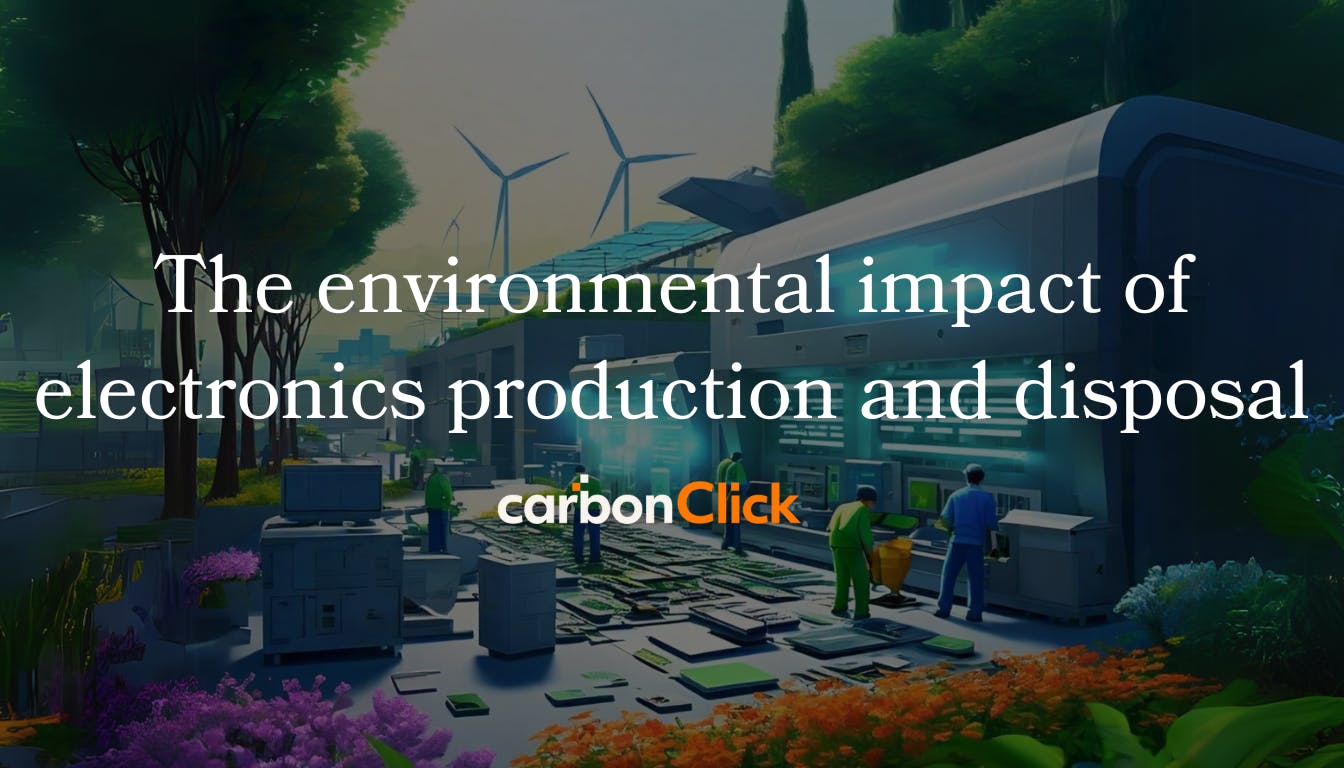
The growing crisis of electronic waste in modern society
Electronic waste creates severe environmental challenges, as millions of discarded devices accumulate in landfills each year. When these abandoned devices deteriorate, they release hazardous chemicals including lead and mercury, contaminating surrounding soil and water systems.
Developing robust end-of-life solutions for electronic devices is crucial. Effective waste management systems, combined with advanced recovery processes, can prevent toxic materials from entering ecosystems while protecting community health.
Industry innovators are pioneering circular solutions through material recovery technologies. These systems transform discarded electronics into valuable resources, reducing the strain on landfills while recapturing precious materials for reuse.
Consumers play a role in this transformation. Through informed choices about device longevity, repair options, and responsible disposal methods, individuals can significantly reduce waste generation. When combined with industry initiatives, these actions create meaningful progress toward waste reduction.
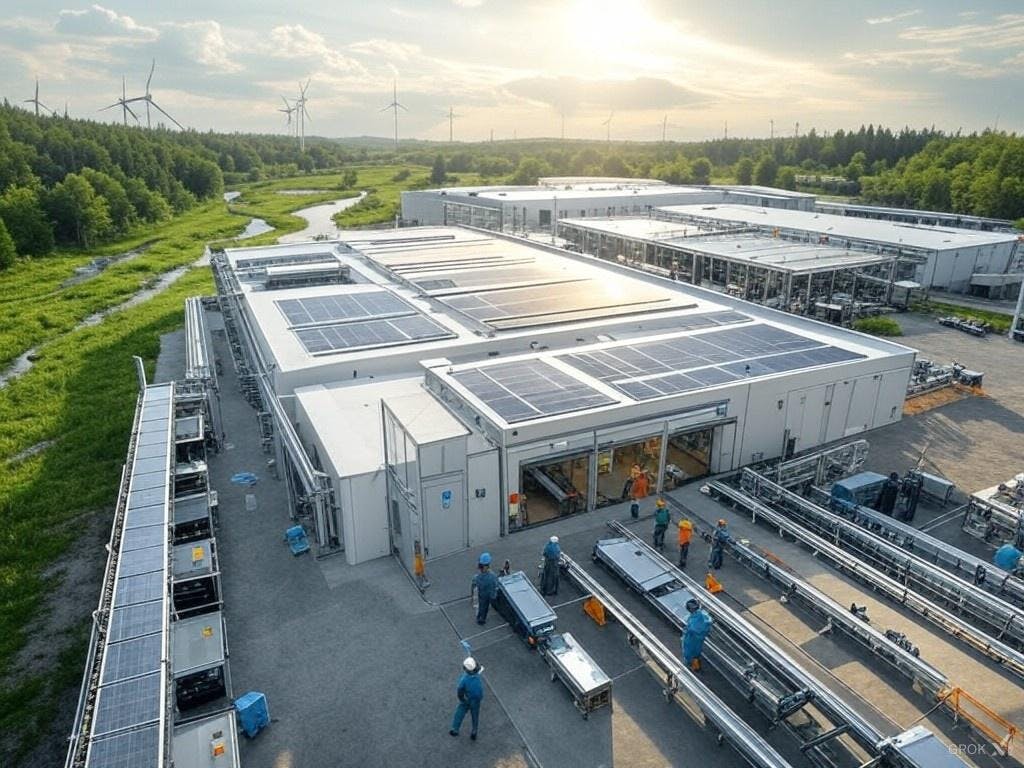
Raw material extraction: The first step of environmental degradation
The initial phase of electronics manufacturing - raw material extraction - transforms entire landscapes. Mining operations for rare Earth metals result in extensive habitat disruption, affecting local biodiversity and indigenous communities. Beyond visible damage, these activities contaminate groundwater systems and alter soil chemistry in ways that persist for decades.
Modern extraction technologies are evolving to address these challenges. Advanced mining techniques now incorporate precision excavation and site rehabilitation, while innovative processing methods reduce chemical usage and water consumption. These improvements mark significant progress in responsible resource management.
Research and development in alternative materials offers promising solutions. Scientists are discovering synthetic substitutes and bio-based components that could reduce dependence on destructive mining practices. These innovations in material science represent a crucial shift toward less invasive production methods.
Market dynamics increasingly favor companies investing in responsible sourcing. Consumer awareness of extraction impacts drives demand for transparently sourced materials, creating economic incentives for sustainable mining practices. This market pressure accelerates the adoption of improved extraction technologies throughout the supply chain.
Pollution from electronics manufacturing and disposal: A comprehensive overview
The production and disposal of electronic devices creates significant pollution, releasing harmful chemicals and gases. These pollutants can cause severe damage to both human health and the environment. Using resources responsibly and implementing effective e-waste recycling systems are essential practices.
Making informed decisions when purchasing electronics is crucial. Consider the environmental impact of your choices. Repairing devices and extending their lifespan significantly reduces waste. E-waste recycling plays a vital role in recovering valuable materials and protecting the environment.
Everyone can contribute by using electronics more thoughtfully. Creating positive change requires collective action from all stakeholders. Through education and knowledge sharing, we can build a more sustainable future.

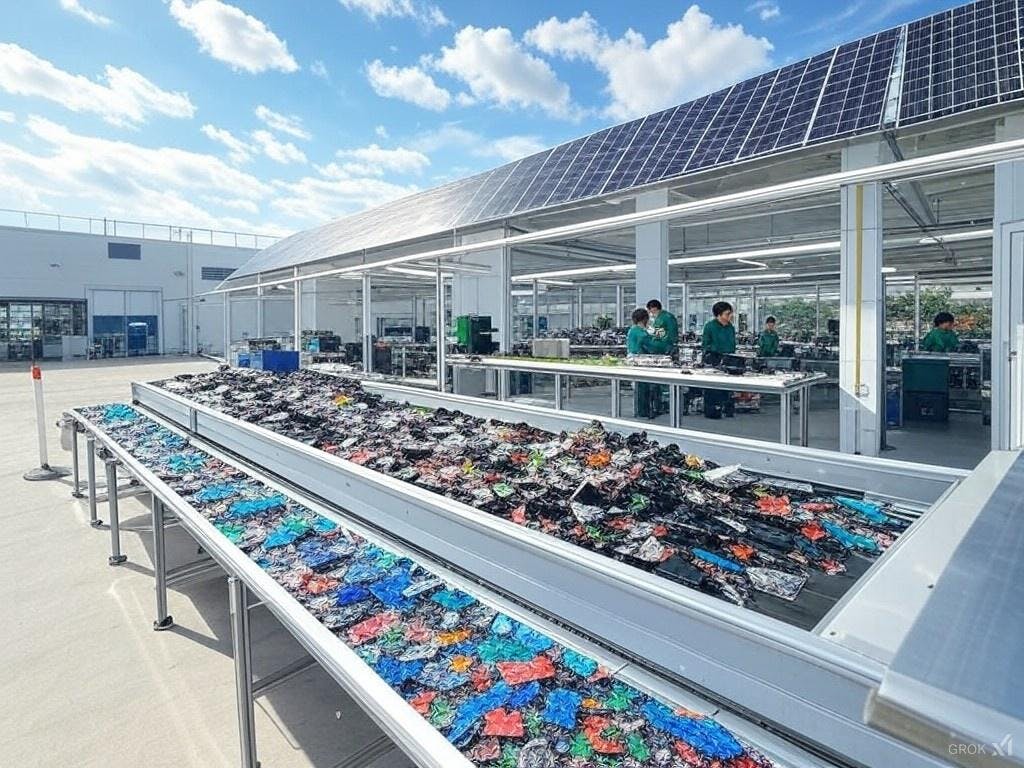
The hidden carbon footprint of electronics production
The manufacturing of electronic devices significantly impacts the environment. The extraction of raw materials, device production, and transportation all contribute to greenhouse gas emissions. Implementing sustainable methods and making conscious purchasing decisions are essential. Understanding the carbon emissions from devices helps inform choices that benefit the environment.
Electronic waste poses a substantial environmental challenge. The extraction of materials such as metals and minerals requires considerable energy and resources, resulting in emissions. Additionally, device manufacturing creates pollution that causes significant environmental damage.
To reduce the environmental impact of electronics manufacturing, we must adopt more sustainable practices. This includes making informed purchasing decisions, implementing effective recycling programmes, and improving production efficiency. By recognising the environmental damage caused by pollution, we can contribute to creating a more sustainable future for electronics.
Toxic components and their environmental impact
Electronic devices contain hazardous components including lead, mercury, and cadmium. These substances can cause significant damage to both environmental systems and human health. This highlights the necessity for manufacturing devices using methods that protect the environment.
Implementing safe materials and effective waste management practices is essential. These approaches reduce the impact of toxic components. Manufacturing devices using sustainable methods diminishes their environmental impact throughout the product lifecycle.
Companies can create substantial positive change by implementing sustainable manufacturing methods. This approach benefits the environment while enhancing their market position. It demonstrates their commitment to environmental preservation.
The impact of toxic components in electronic devices continues to grow. As device demand increases, focusing on sustainable manufacturing becomes crucial. This approach reduces environmental degradation.
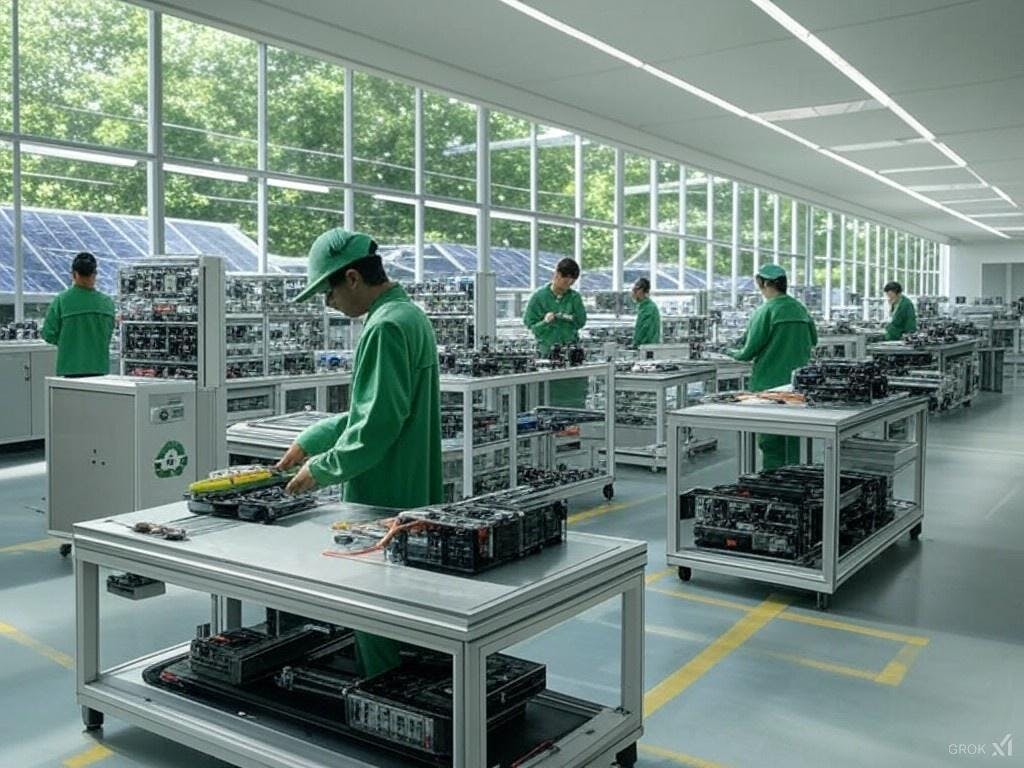

The role of consumer behaviour in electronic waste generation
Consumer behaviour plays a vital role in electronic waste generation. Frequent upgrades and inadequate waste management contribute to growing disposal issues. Sustainable technology and responsible practices are essential to address these challenges.
Understanding how our choices impact electronic waste is crucial. Implementing effective recycling and responsible disposal practices helps reduce waste accumulation. Advanced sustainable technology contributes by creating products designed for recyclability with minimal packaging.
Businesses can contribute by manufacturing more durable products. This approach reduces the demand for constant device replacement and minimises waste production.
Through collective action, we can create positive change. Increased understanding, sustainable practices, and innovative technology are essential components. Let's work towards a more sustainable future for electronics and reduce our environmental impact.
Sustainable manufacturing practices in electronics
Sustainable manufacturing is essential for reducing the environmental impact of electronic devices. Companies like Jabra, Logitech, and Fairphone lead in this area. They implement non-toxic materials and responsible waste management practices. These approaches reduce damage from electronic waste and promote sustainable consumption.
In sustainable manufacturing, companies prioritise e-waste recycling and responsible resource use. They create products designed for recyclability, incorporate recycled materials, and promote recycling programmes. This strategy reduces their environmental impact and supports a more sustainable future.
The reduction of e-waste is a significant benefit of sustainable practices. Devices contain hazardous materials including lead and mercury. Improper disposal of these materials can contaminate the environment. Proper e-waste recycling ensures safe handling of these materials, protecting environmental systems.
By implementing sustainable methods and promoting responsible consumption, companies can significantly reduce the environmental impact of electronic waste. As environmental awareness grows, companies prioritising sustainability will succeed. They will meet increasing consumer demand for sustainable products.
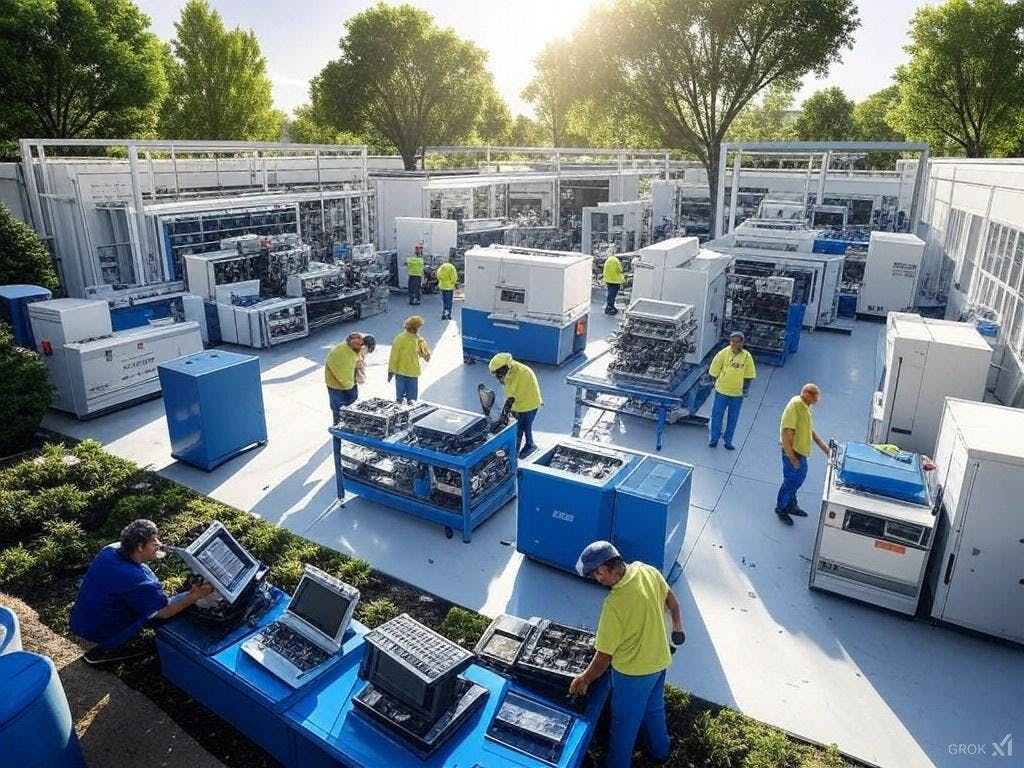
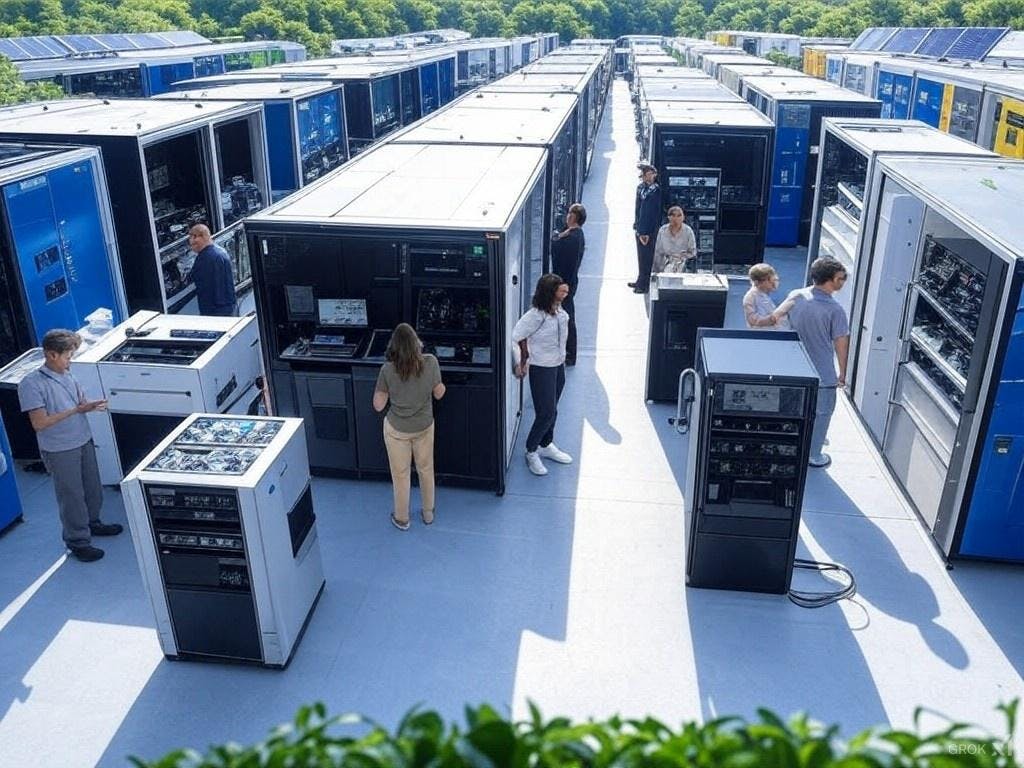
Innovative recycling technologies and solutions
Advanced recycling technologies can reduce the environmental impact of electronic waste. These systems utilise artificial intelligence and machine learning to enhance recycling processes. This advancement supports the industry's transition towards circular resource use, where materials from old electronics are recovered and reused.
Electronic waste presents a significant challenge requiring comprehensive solutions. Companies developing innovative recycling technologies are pioneering effective approaches. Their innovations help reduce environmental damage from electronic waste and promote sustainable practices.
Technologies such as chemical recycling and modular design facilitate efficient material recovery. These methods reduce waste generation and conserve natural resources, while decreasing pollution from manufacturing and disposal processes.
Implementing these advanced recycling technologies and solutions can significantly reduce electronic waste's environmental impact. This approach is essential for sustainable development. As the industry expands, prioritising sustainable methods and reducing electronic waste remains crucial.
Shaping a sustainable future for electronics
Society's reliance on electronic devices continues to grow. Considering their production and disposal methods is essential. Companies can create positive change by implementing sustainable manufacturing practices.
Sustainable technology and electronics recycling are fundamental to environmental preservation. Businesses can reduce the environmental impact of their devices. These actions protect the environment and support long-term sustainability.
Major manufacturers like Apple and Samsung are setting industry standards. They implement sustainable materials and production methods in their manufacturing processes. Their approaches provide a framework for other manufacturers to enhance their environmental performance.
Creating more sustainable electronics requires collective action. The collaboration of businesses, consumers, and governments is essential. Through unified efforts, we can achieve meaningful impact and establish sustainable systems.
17 South Street
Auckland 1010
New Zealand
info@carbonclick.com- -
- X
Sign up. Be inspired. Get clicking.
Subscribe now to stay up to date with CarbonClick, carbon offsetting and climate action.
By signing up you agree to our Privacy Policy.


